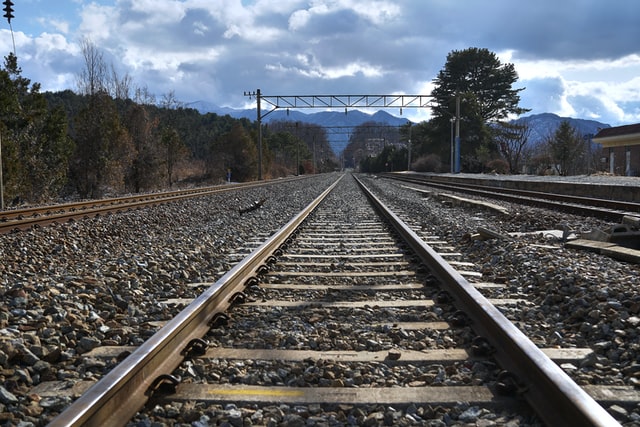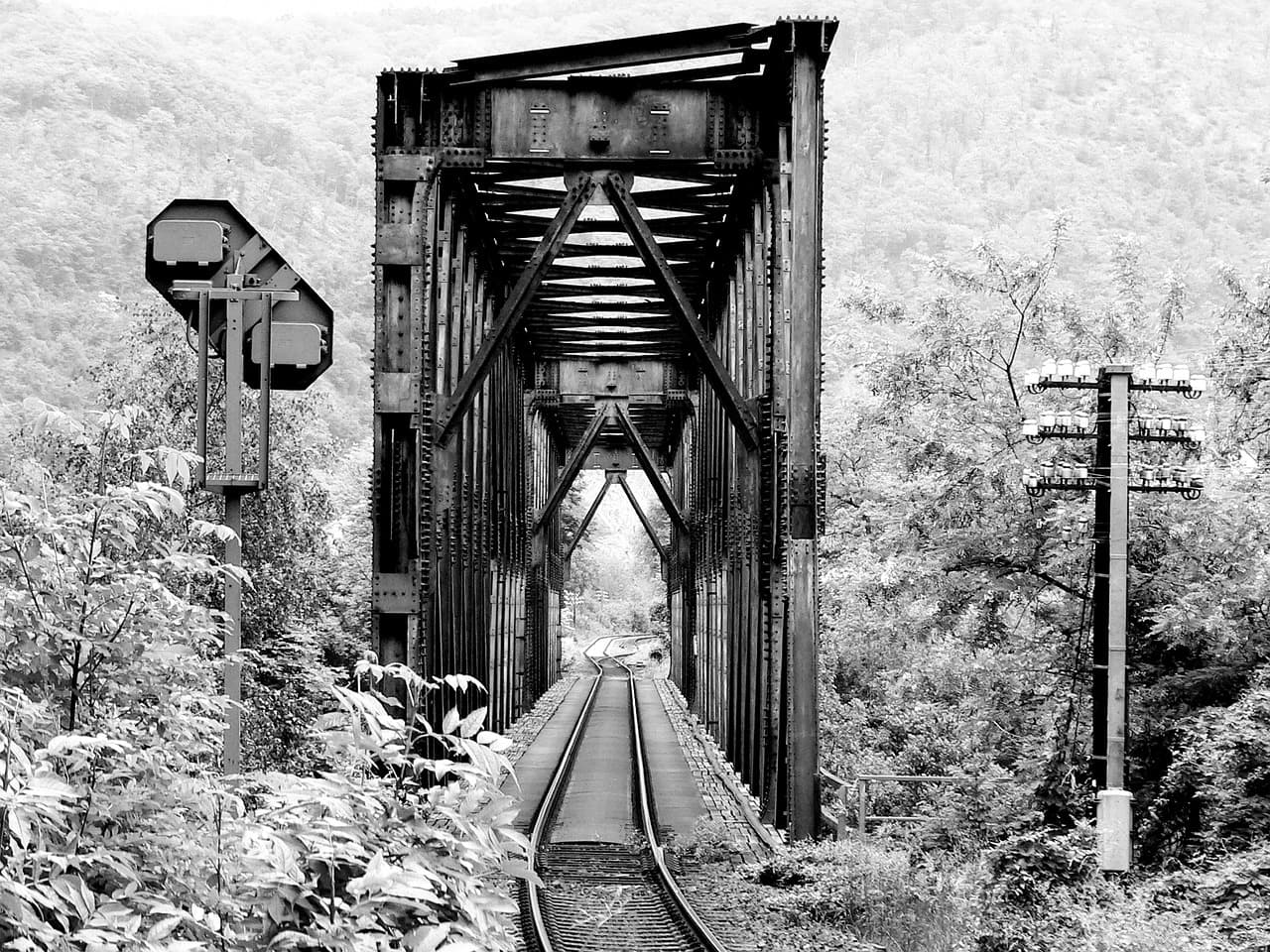The construction of the Transcontinental Railroad became one of the most ambitious projects in U.S. history. The second half of the 19th century was marked by industrial growth, the drive to expand westward, and the desire to unite scattered territories into a single economic space. It was the railroad that served as the connecting thread that made these goals achievable. Its construction was accompanied not only by engineering feats but also by cultural, social, and economic changes. Let’s explore how this “project of the century” transformed the country and why its impact is still felt today.
The Great Construction That United a Continent
In the second half of the 19th century, the United States underwent sweeping transformations. One of the most significant was the construction of the Transcontinental Railroad — a monumental infrastructure project that connected the Atlantic and Pacific coasts. Before it was built, the journey from east to west could take up to six months, involving thousands of kilometers through rough terrain, wild lands, and often hostile environments. Everything changed in 1869, when the two halves of the railroad — the Central and Pacific — met in Promontory, Utah, and the famous “golden spike” marked the project’s completion.
This railroad did more than just link two shores. It changed the perception of distance, accelerated migration, simplified trade, and helped integrate the U.S. into a unified economic space.
The Railroad as a Catalyst for Growth and Leisure
The advent of railroad connections dramatically accelerated urbanization. Cities and stations along the route began to evolve into full-fledged centers of life, commerce, and culture.
Interestingly, even by the late 19th century, ideas about leisure while traveling began to transform. Passengers on long journeys entertained themselves not only with books or card games. Some train cars even featured simple mechanical machines — the ancestors of modern slot games. This was the beginning of a culture of “on-the-go” entertainment, which today has evolved into digital formats. Nowadays, while traveling along routes like Amtrak, many Americans pass the time with mobile games, including online casinos, which are now accessible even by phone on the train. There are numerous gaming platforms offering a wide variety of games from leading global providers. For example, casinos online portugal offer new players a broad range of betting tools, live casino options, and much more.
Cheap Transport and the Rise of New Industries
After the launch of the railroad, the cost of transporting goods between coasts decreased dramatically. This provided a powerful stimulus for industry and entrepreneurship. Mines, steel plants, and textile factories began to flourish, and logistics ceased to be the main obstacle.
Major corporations like Union Pacific and Southern Pacific not only managed transportation but also influenced politics, forming a new Western elite. Thanks to the railroad, cities like Denver, Salt Lake City, and Reno appeared on the map.
Impact on Agriculture and the Labor Market
Rail lines became a lifeline for farmers: they could now deliver crops to distant cities and earn stable income. In turn, thousands of immigrants and landless Americans found opportunities for work and a new life in the West.
Chinese laborers played a particularly vital role in the railroad’s construction, despite facing discrimination and harsh conditions. Their work became the foundation for the project’s successful completion.
The Railroad as a Symbol of an Era and a Cultural Phenomenon
Beyond its economic importance, the Transcontinental Railroad acquired deep cultural and symbolic meaning. It embodied the dream of conquering space and the triumph of engineering over nature.
The image of a train racing across the prairie became firmly embedded in American folklore and pop culture. It symbolized freedom, forward movement, and even the fateful choice of one’s path.
From Romance to Symbol of Expansion
The West was no longer a “wild” territory — it became part of a shared space, though this came with pain, conflicts with Indigenous peoples, and difficult compromises. The railroad symbolized the conquest of new horizons and the nation’s formation.
Stories of trains, land rushes, and cowboys laid the foundation for hundreds of films and books, creating a unique layer of American identity.
Technologies Inspired by a Grand Past
Today, the U.S. is actively implementing high-speed rail lines, and the roots of these projects trace back to the 19th century. Route logic, traffic organization principles, and even station designs reflect the first transcontinental projects.
Technological progress has also touched the realm of leisure. Just as in the past, the railroad inspires the development of entertainment — from onboard machines to online games and mobile apps accessible on the go.
Conclusion: A Legacy Across a Continent
The Transcontinental Railroad project changed the USA forever. It shortened distances, united regions, accelerated industrial growth, and redefined the concepts of time and space. The impact of this project of the century is still felt today — in logistics systems, culture, the economy, and, unexpectedly, in digital leisure.
Even in Portugal, lessons can be learned from this story: infrastructure investment has the power to transform not only economies but also everyday life. And the memory of great projects of the past is not only a source of pride but also an inspiration for future achievements.




